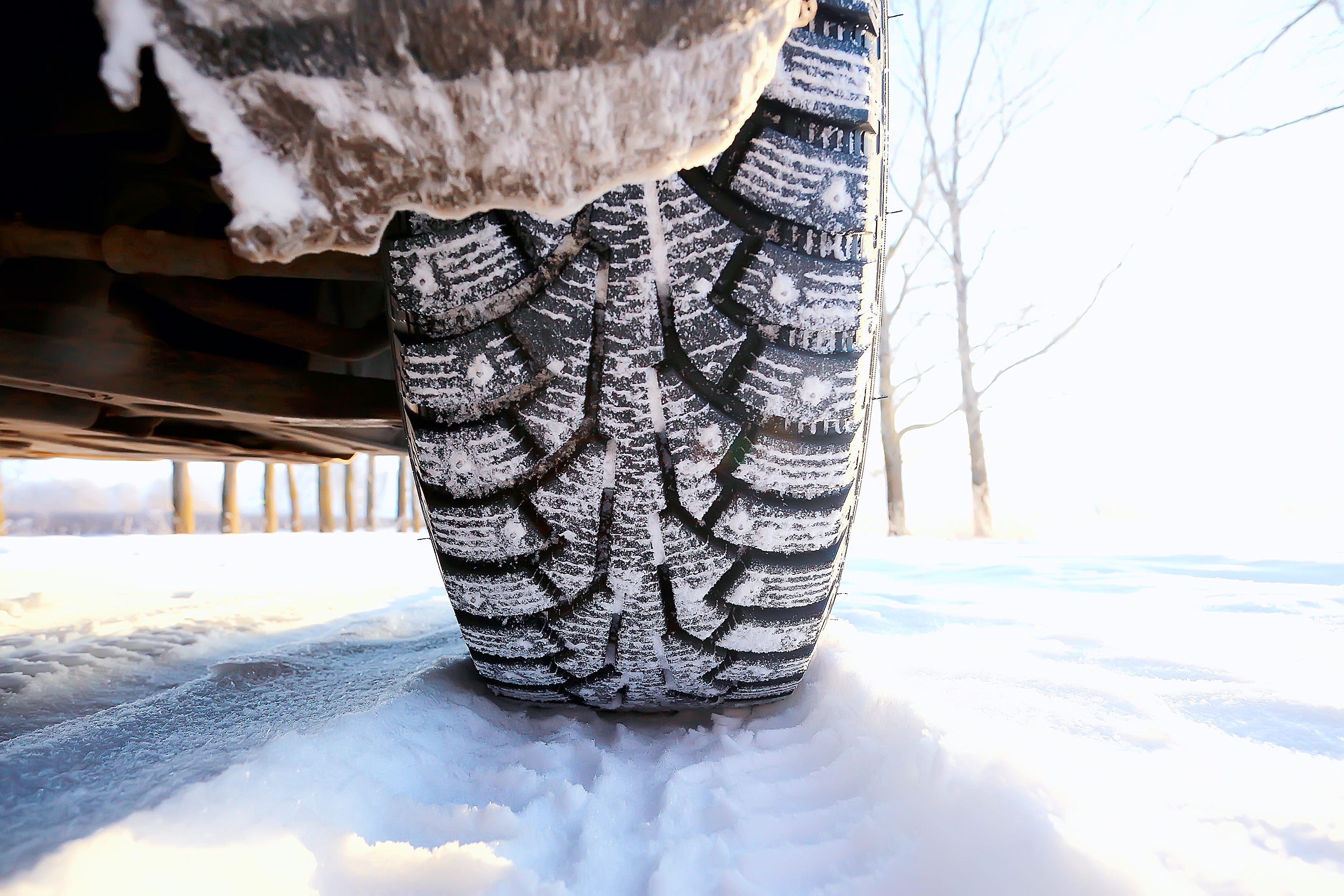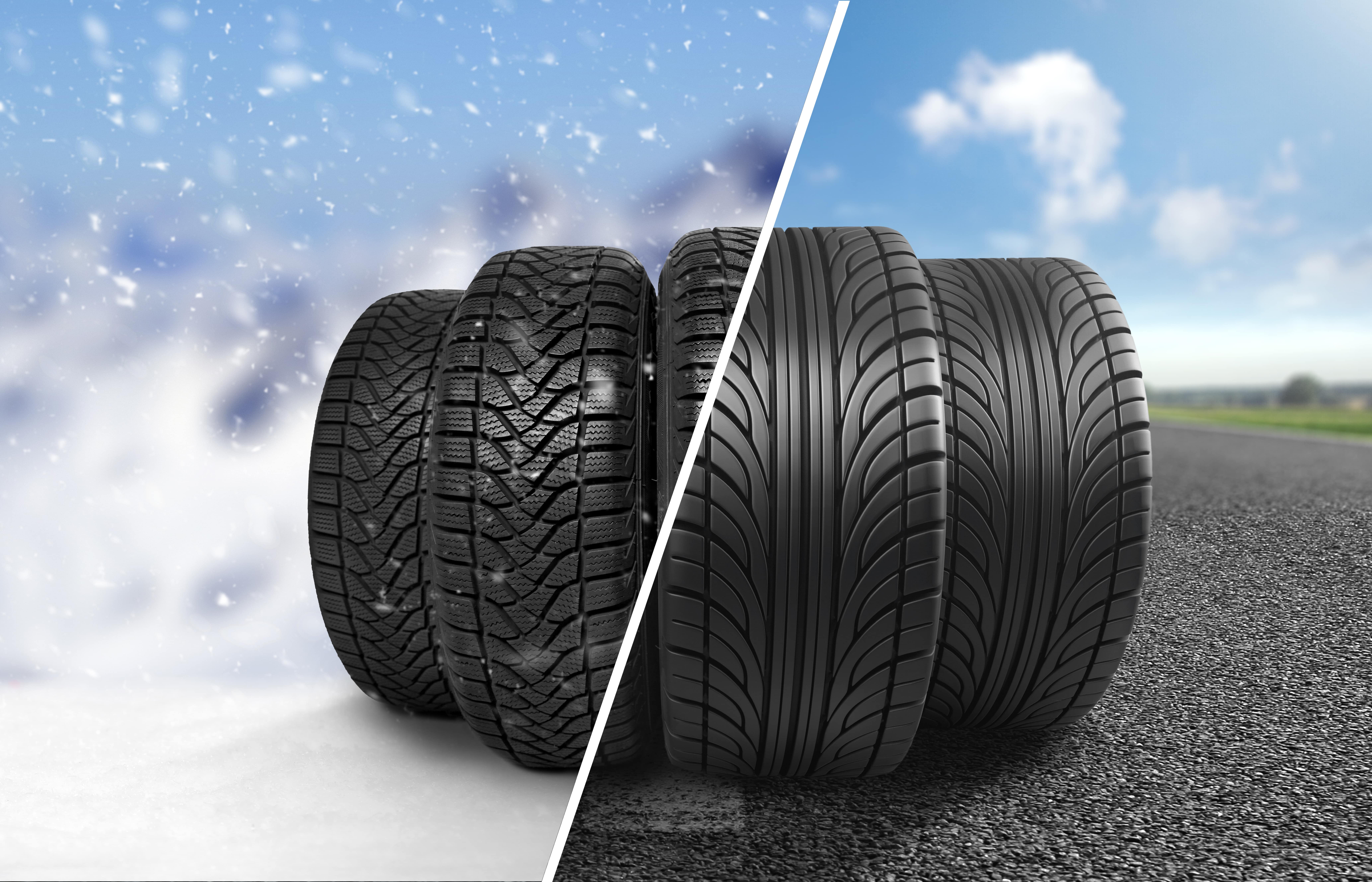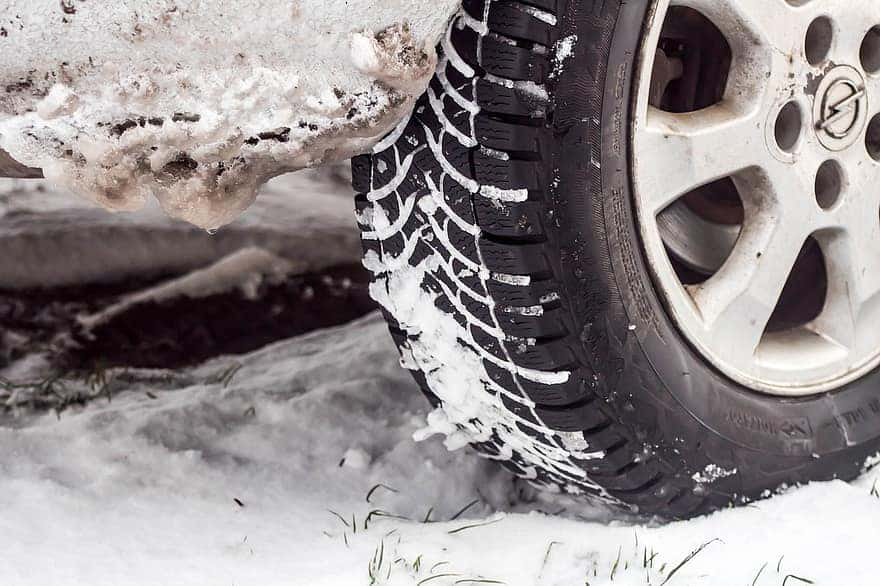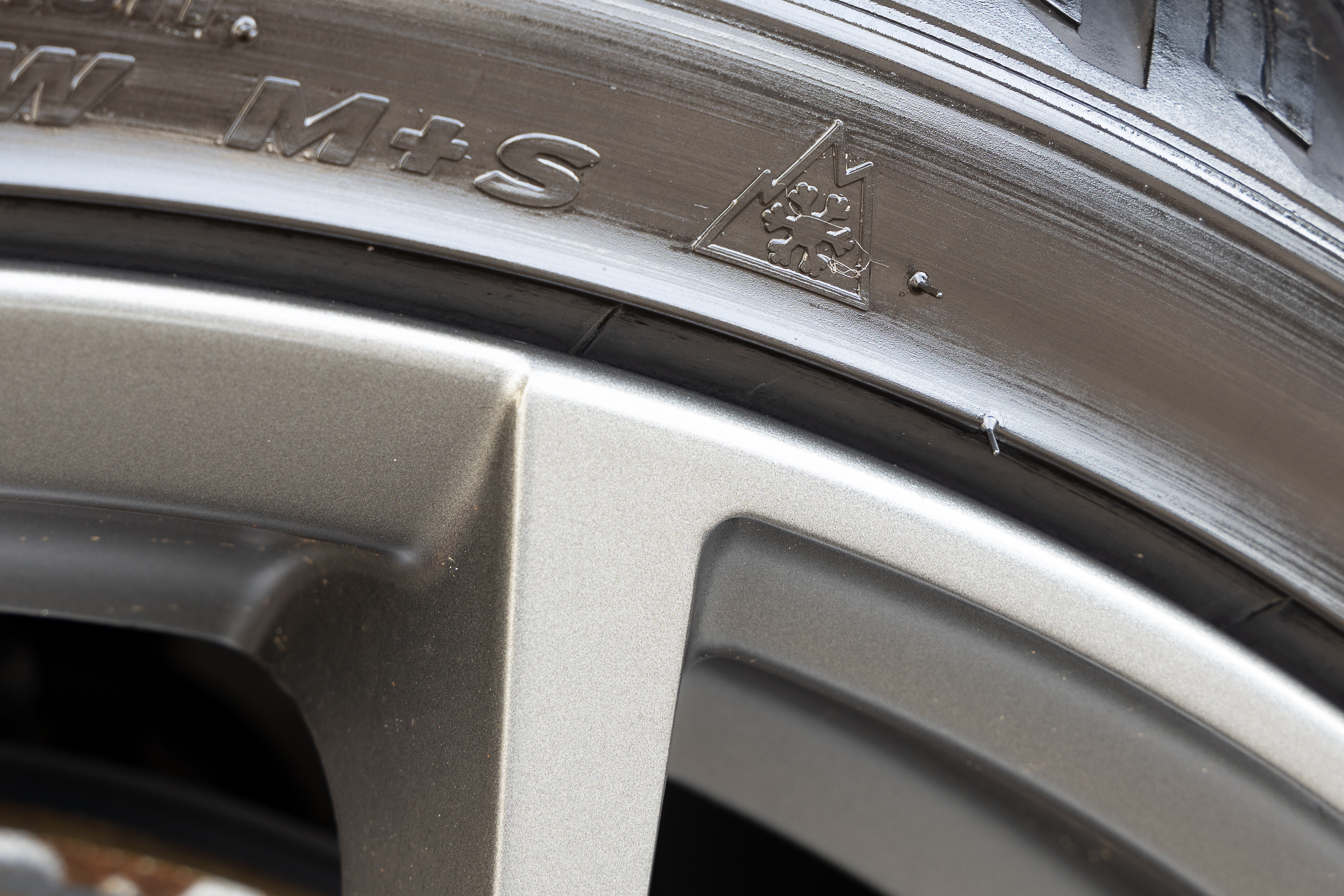Your Guide to Winter Tires
Winter driving conditions can be dangerous. Ice, snow, and slush pose significant risks for drivers.
According to the US Department of Transportation, over 1,300 people lose their lives and more than 116,800 people are injured every year in accidents on winter roads.
The right set of winter tires can drastically reduce these risks by increasing traction, braking and handling during severe weather conditions.
Skipping winter tires not only jeopardizes your own safety, but also the safety of others.
Understanding the Types of Winter Tires
There are a few different types of winter tires. Each of them are designed to cater to specific winter driving needs.
Studless Ice & Snow Tires: Provide ideal grip on icy and snowy roads and are suitable for most winter conditions.
Studdable Winter Tires: Can be equipped with metal studs to add traction on ice, but may be restricted in some areas because of road damage concerns.
Performance Winter Tires: Designed for cold temperature and are suitable for cleared roads. These tires offer better handling at faster speeds.
The Difference Between Winter Tires & All Season Tires
All-season tires are designed to handle a variety of road conditions.
Winter tires are designed specifically to perform in extreme cold, ice, and snow. They have a softer rubber that retains flexibility in cold temperatures which provides better grip and stopping power.
The tread patterns on winter tires is also different. It is designed to move slush and expel snow to give better traction.
Where and When to Get Winter Tires
Your winter tires should be put on when temperatures drop below 45 degrees F consistently.
You can purchase winter tires from any tire retailer, car dealerships, or online tire shops.
Important: It is crucial to install your winter tires in full sets of four to maintain uniform traction and handling.
How to Choose the Right Winter Tires for Your Vehicle
 Chokniti-Studio , Shutterstock
Chokniti-Studio , Shutterstock
It’s important to consider the type of vehicle you have when choosing winter tires. Different vehicles have varied tire requirements.
The appropriate size is important—this information can be found on the side of your current tires, in your vehicles manual, or on the driver’s side door jamb.
The sizing code can be confusing if you are unfamiliar. But each section of numbers and letters have a specific meaning:
- The first 3 numbers represent the tire width in millimeters
- The next 2 are the aspect ratio, or the height of the tire’s cross-section to its width
- The ‘R’ means radial construction
- The last 2 digits represent the diameter of the wheel in inches
Knowing your vehicle’s tire size, and the type of vehicle you have will make sure your winter tires are compatible with your vehicle. This is important for safety and performance.
Deciphering Winter Tire Symbols
Winter tires have specific symbols which determine how suitable they are for severe weather conditions.
Mountain Snowflake Symbol: the tire meets the required performance criteria in snow traction
M+S (Mud and Snow) Symbol: the tire has a certain level of snow traction and is most suitable for light snow
Proper Storage of Winter Tires
 เลิศลักษณ์ ทิพชัย, Adobe Stock
เลิศลักษณ์ ทิพชัย, Adobe Stock
When your winter tires are not in use they should be stored in a cool, dry place, away from sunlight.
They should be cleaned and dried properly before storing, and if possible, storing the tires vertically or suspended off the ground can be beneficial in preventing distortion and damage.
Winter Tire Mandates
 Collins Media KS, Shutterstock
Collins Media KS, Shutterstock
In some places, winter tires are mandatory during certain months as they have proven safety benefits.
You can even be fined in some places for not complying with these mandates. This highlights the importance of having the proper tires on your vehicle for the season.
Final Thoughts
Winter road safety relies heavily on having the right set of tires. Understanding the types of tires, symbols, regulations, and maintenance is important.
Having winter tires is not just about following the rules; it’s about making sure everyone is safe on the road.
So, before the winter weather gets any worse, make sure your vehicle is winter-ready with the right set of tires.













